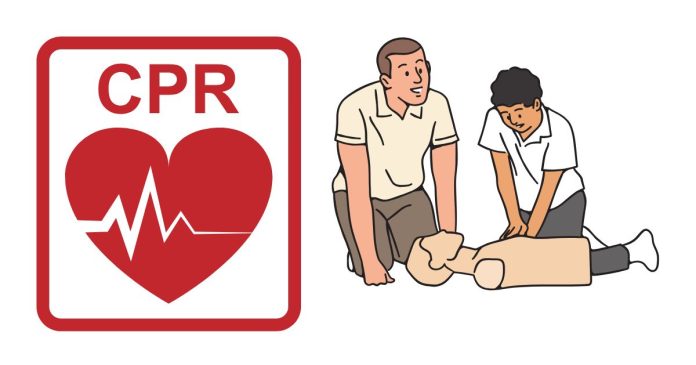During Cardiopulmonary Resuscitation (CPR), it is essential to maintain a Chest Compression Fraction (CCF) of at least 60%, though the ideal target is 80% or higher. The CCF represents the proportion of time during a CPR cycle that chest compressions are actively performed. A high CCF is crucial because it ensures continuous blood circulation to vital organs, such as the brain and heart, significantly improving the chances of survival for someone in cardiac arrest. Frequent pauses or delays in compressions disrupt blood flow and reduce oxygen delivery, diminishing CPR effectiveness. To optimize CCF, rescuers should focus on minimizing interruptions, delivering consistent compressions, and maintaining rhythm throughout the resuscitation process.
Related posts:
- What does ringing in the ears mean spiritually?
- What Colors Do Blue and Green Make?
- How Long Does Raw Chicken Really Last in the Fridge?
- What are some amazing and memorable Valentine’s Day ideas that will leave a lasting impression?
- What is the definition of ‘friends with benefits?
- What is the difference between a bachelor’s and a degree?


